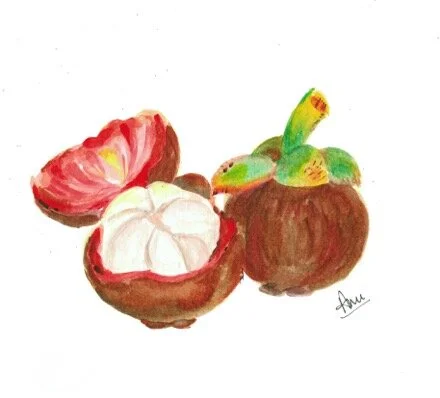The winking owl
1973 was a significant year for the artist Huang Yongyu.
One night at a dinner party hosted by the head of the People’s Fine Art Press, Shao yu, Huang was pressed to make an impromptu painting.
Since Shao was a powerful man, Huang obliged him with a painting of a winking owl, one of Huang's favorite subjects.
By this time, the worst excesses of the Cultural Revolution had ended. Marking a return to normalcy, China re-established diplomatic ties with the outside world. Hotels had to be gussied up for foreign guests, which meant that paintings were needed to decorate the walls. And so artists were released from labor reform camps and put to work painting, Huang being one amongst them.
The key force behind this redecorating initiative was none other than Premier Zhou Enlai. The initiative pit him against Mao’s wife, Jiang Qing, the leader of the extremist Gang of Four.
For the past seven years, Jiang and her coterie had done their best to purge Chinese culture of all vestiges of feudalism, including traditional Chinese painting.
Jiang was not pleased.
On the night of November 23, 1973, Jiang called a meeting. Attendees included Shao, for whom Huang had made the winking owl.
There is an old Chinese expression, “to have one eye open and one eye closed,” that means a person is turning a blind eye to what is going on.
Huang’s winking owl, taken out of context, could very well be taken to mean that the Party was turning a blind eye to the wrongdoings of certain of its members. And that is exactly the meaning that Shao, eager to curry favor with Jiang, imputed to it.
Jiang was pleased to have found a convenient pawn in her battle against Zhou. At the Black Painting Exhibition sponsored by Jiang a few months later, Huang’s owl was one of the key pieces. It was put forward to the public as an example of “poisonous” art that “seriously distorted the landscape of the socialist country.
Shortly thereafter, Huang was imprisoned and exiled to the countryside.

